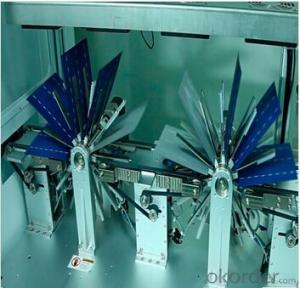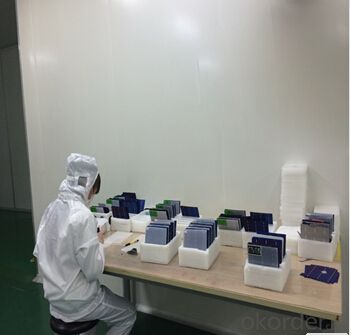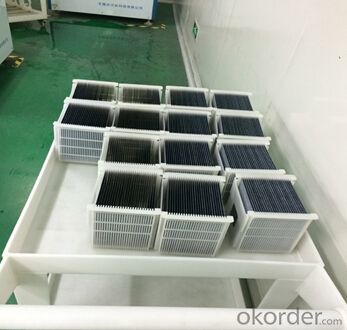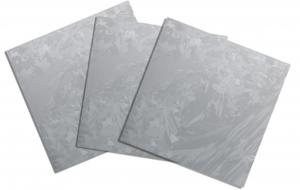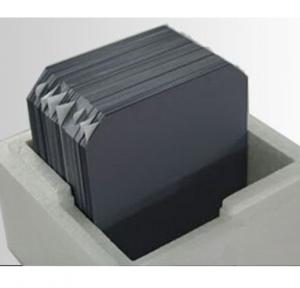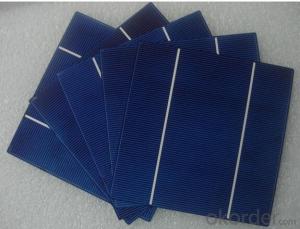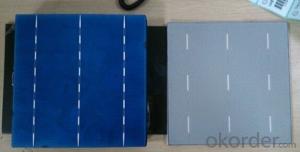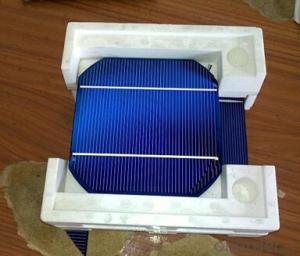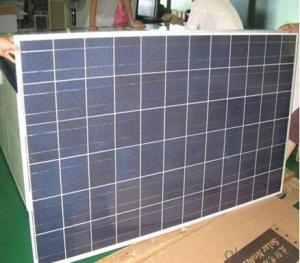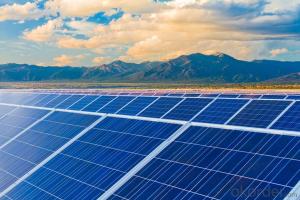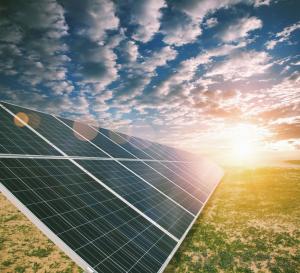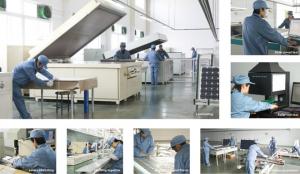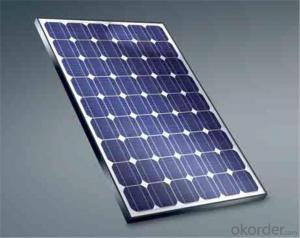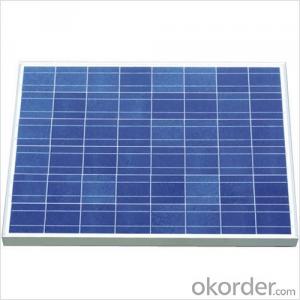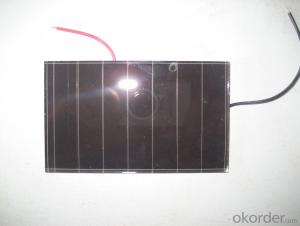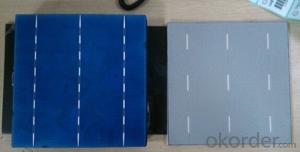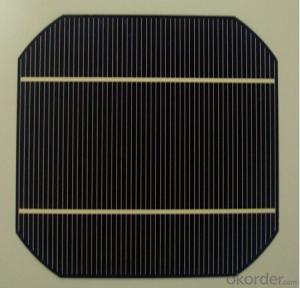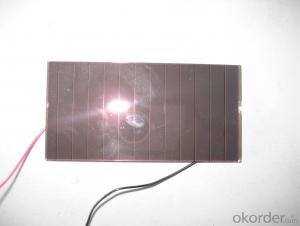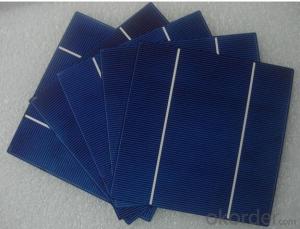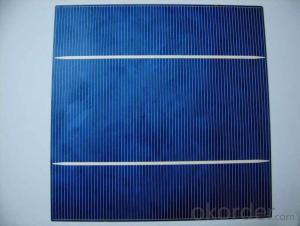310W Silicon Wafer Mono & Poly Solar Panel Powered Solar Cell
- Loading Port:
- China main port
- Payment Terms:
- TT OR LC
- Min Order Qty:
- 100 watt
- Supply Capability:
- 10000 watt/month
OKorder Service Pledge
OKorder Financial Service
You Might Also Like
310w mono & poly solar panel powered solar cell
Solar Module Summarize
Solar Module is the core part of solar PV power systems,also is the highest value part of it. The function of Solor Module is to convert the sun's radiation to electrical energy, or transfer it to battery and store in it, or to drive the load running.
The Product has been widely used in space and ground, it mainly used for power generation systems, charging systems, road lighting and traffic signs areas. It could offer a wide range of power and voltage, and with high conversion efficiency, and long service life.
FEATURES
Long Service Life
High Efficiency Solar Cells
Special Aluminum Frame Design
High Transmission, Low Iron Tempered Glass
Advanced Cell Encapsulation
Main Characteristic
Eff(%) | 18.00- 18.10 | 18.10- 18.20 | 18.20- 18.30 | 18.30- 18.40 | 18.40- 18.50 | 18.50- 18.60 | 18.60- 18.70 | 18.70- 18.80 | 18.80- 18.90 | 18.9- 19.0 | 19.1- 19.1 | 19.1- 19.2 |
Pm(W) | 4.30 | 4.33 | 4.35 | 4.37 | 4.40 | 4.42 | 4.44 | 4.47 | 4.49 | 4.52 | 4.54 | 4.56 |
Isc(A) | 8.71 | 8.73 | 8.76 | 8.77 | 8.78 | 8.82 | 8.83 | 8.85 | 8.86 | 8.88 | 8.9 | 8.93 |
Im(A) | 8.19 | 8.21 | 8.24 | 8.26 | 8.30 | 8.33 | 8.35 | 8.39 | 8.42 | 8.45 | 8.47 | 8.51 |
Voc(V) | 0.630 | 0.631 | 0.632 | 0.633 | 0.634 | 0.634 | 0.635 | 0.636 | 0.637 | 0.637 | 0.638 | 0.64 |
Vm(V) | 0.527 | 0.528 | 0.529 | 0.531 | 0.531 | 0.532 | 0.534 | 0.534 | 0.535 | 0.536 | 0.537 | 0.538 |
FF(%) | 78.6 | 78.7 | 78.8 | 79.0 | 79.2 | 79.3 | 79.5 | 79.6 | 79.8 | 80 | 80 | 80 |
Product Show
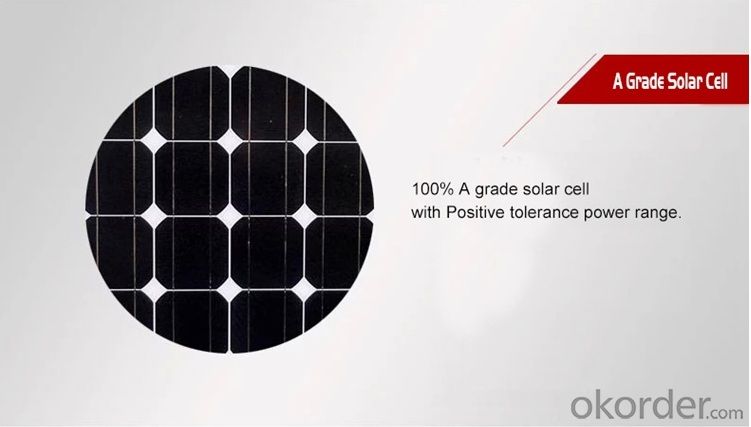
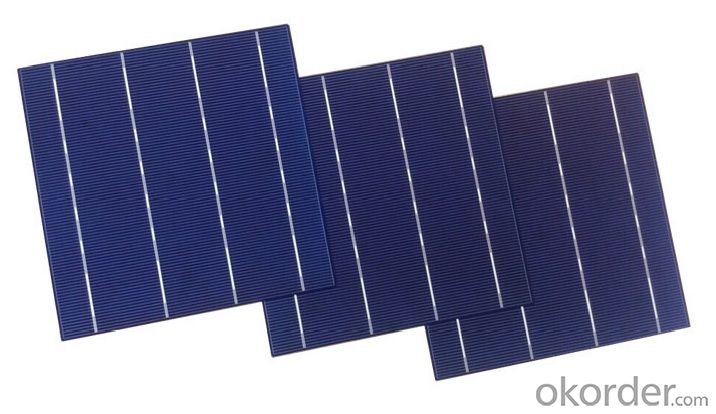
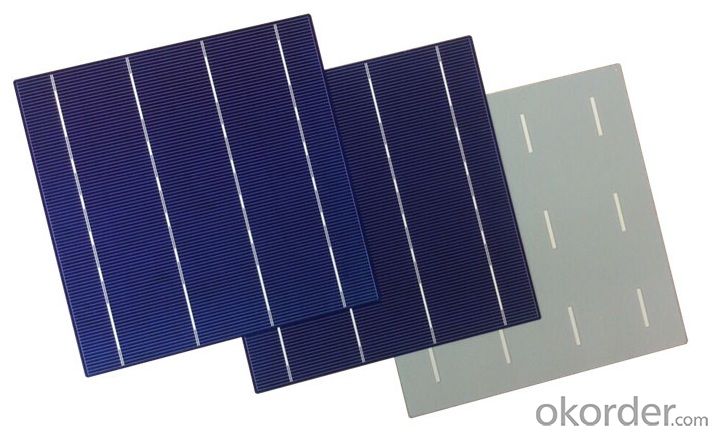
Top 7 Reasons to Order From Us:
1) We offer you the best quality on the market!
2) We offer you strongly competitive prices !
3) We offer the fastest shipping !
4) we can accept small order!
5) we design various of watt according to cuatomer!
6) We have the best customer service team!
7) We have excellent manufacturer solar panel warranty policy!
- Q: What is the purpose of a power output in a solar silicon wafer?
- The purpose of a power output in a solar silicon wafer is to convert sunlight into usable electrical energy.
- Q: Can solar silicon wafers be used in disaster response vehicles?
- Yes, solar silicon wafers can be used in disaster response vehicles. These wafers can be integrated into the vehicle's design to harness solar energy and provide power for various equipment and systems, such as lighting, communication devices, and charging stations. This allows the vehicle to operate independently from traditional power sources and ensures continuous operation during disasters or remote locations where power supply may be disrupted.
- Q: How do solar silicon wafers contribute to the electrification of remote areas?
- Solar silicon wafers contribute to the electrification of remote areas by being the key component in solar panels, which generate electricity from sunlight. These wafers are made from highly purified silicon and have the ability to convert sunlight into usable electricity through the photovoltaic effect. When installed in remote areas with limited or no access to the traditional power grid, solar panels with silicon wafers can provide a reliable and sustainable source of energy. This enables the electrification of these remote areas, facilitating access to electricity for various purposes such as lighting, powering appliances, and even charging electronic devices.
- Q: How is the purity of a solar silicon wafer measured?
- The purity of a solar silicon wafer is typically measured through a variety of analytical techniques, including resistivity measurement, impurity analysis, and spectroscopic methods. These methods help determine the concentration of impurities such as metals, dopants, and non-metallic elements in the silicon material. The lower the concentration of impurities, the higher the purity of the wafer.
- Q: Can solar silicon wafers be used in solar-powered air conditioners?
- Yes, solar silicon wafers can be used in solar-powered air conditioners. Solar silicon wafers are a key component in the production of solar cells, which convert sunlight into electricity. Solar-powered air conditioners utilize this electricity to power their cooling systems, making them energy-efficient and environmentally friendly.
- Q: What is the role of solar silicon wafers in the overall solar energy system?
- Solar silicon wafers play a crucial role in the overall solar energy system as they are the key component in the production of solar cells. These wafers are made from purified silicon and serve as the platform on which solar cells are built. They capture sunlight and convert it into electricity through the photovoltaic effect. The quality and efficiency of the silicon wafers directly impact the performance and output of solar panels, making them a fundamental element in harnessing solar energy for power generation.
- Q: What is the expected payback period for a solar panel with silicon wafers?
- The expected payback period for a solar panel with silicon wafers can vary depending on factors such as the initial cost of the panel, the efficiency of the panel, the amount of sunlight it receives, and the local electricity rates. On average, the payback period for a solar panel with silicon wafers is typically around 5 to 10 years. However, with advancements in technology and decreasing costs, the payback period is gradually reducing, making solar panels a more attractive and financially viable investment in the long run.
- Q: What are the different manufacturing methods for solar silicon wafers?
- There are primarily two manufacturing methods for solar silicon wafers: the Czochralski (CZ) method and the Float-Zone (FZ) method. In the CZ method, a silicon seed crystal is dipped into a molten silicon melt and slowly pulled out, allowing a single-crystal silicon ingot to form. This ingot is then sliced into thin wafers. On the other hand, the FZ method involves melting a silicon rod and then slowly pulling it upwards through a high-temperature zone, allowing a single-crystal silicon ingot to form. This ingot is also sliced into wafers. Both methods have their advantages and disadvantages, and manufacturers choose the method based on factors like cost, efficiency, and quality requirements.
- Q: Can solar silicon wafers be made flexible for applications in wearable devices?
- Yes, solar silicon wafers can be made flexible for applications in wearable devices. Flexible solar cells, also known as thin-film solar cells, can be manufactured using different materials and techniques that allow them to be flexible and lightweight. These cells are suitable for integration into wearable devices, enabling them to generate power from sunlight while being conformable to the wearer's body or clothing.
- Q: How do solar silicon wafers handle extreme temperatures?
- Solar silicon wafers are designed to handle extreme temperatures quite well. They typically have a high melting point and can withstand temperatures ranging from extremely cold to very hot without significant damage. This is due to the high purity and crystalline structure of the silicon material used in their construction. Additionally, solar panels are often equipped with thermal management systems to dissipate excess heat and prevent any adverse effects on the wafers. Overall, solar silicon wafers are engineered to endure extreme temperature conditions and maintain their efficiency and reliability in various climates.
Send your message to us
310W Silicon Wafer Mono & Poly Solar Panel Powered Solar Cell
- Loading Port:
- China main port
- Payment Terms:
- TT OR LC
- Min Order Qty:
- 100 watt
- Supply Capability:
- 10000 watt/month
OKorder Service Pledge
OKorder Financial Service
Similar products
Hot products
Hot Searches
Related keywords
